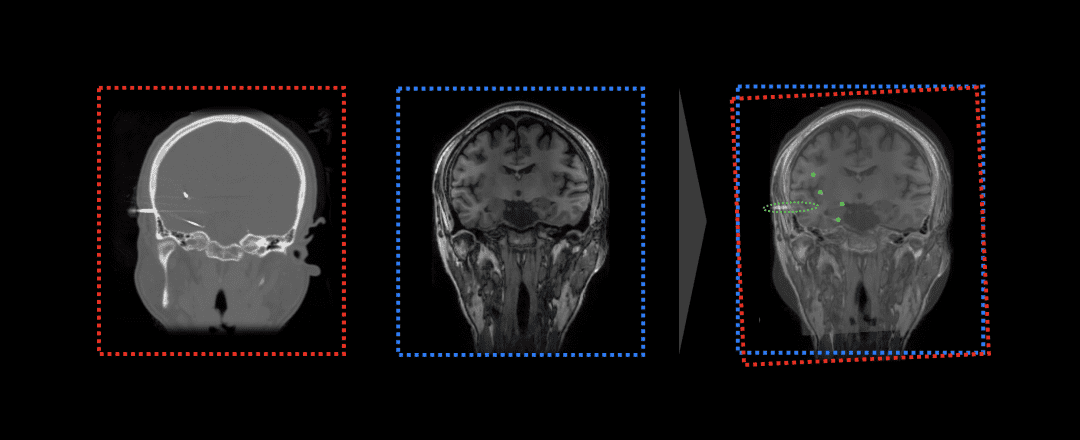Stereoelectroencephalography (SEEG) technology achieves precise localization of epileptic foci by measuring epileptic discharges through intracranial electrode implantation, providing reference for subsequent radiofrequency thermocoagulation therapy or minimally invasive surgical resection. This technology combines magnetic resonance (MR) and CT imaging examinations to mark abnormal discharges and epileptic seizures recorded by intracranial electrodes, locate epileptic foci, and provide precise evidence for preoperative evaluation. To determine the coordinate positions of SEEG electrodes in the cranium, traditional procedures require doctors to semi-automatically calibrate electrode positions, which is time-consuming and tedious. EEG-X reduces doctor operation time to minutes by integrating automated image registration and electrode calibration, significantly reducing clinical workload and improving accuracy.

——Faster, More Precise, More Reliable


